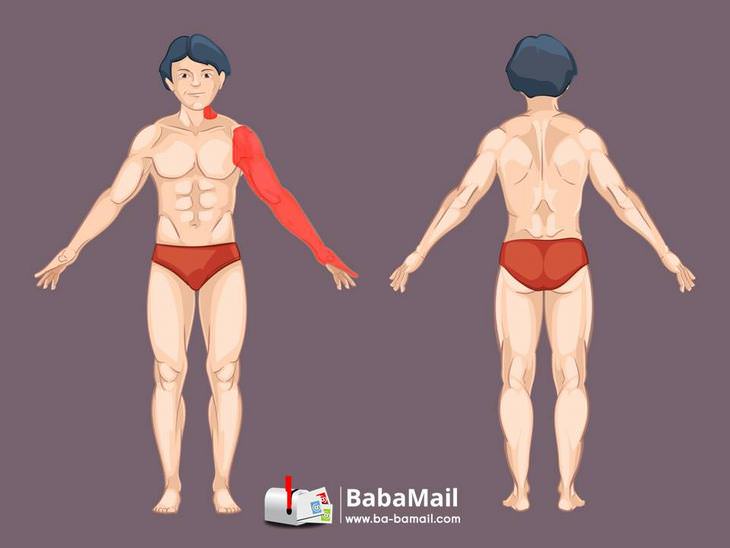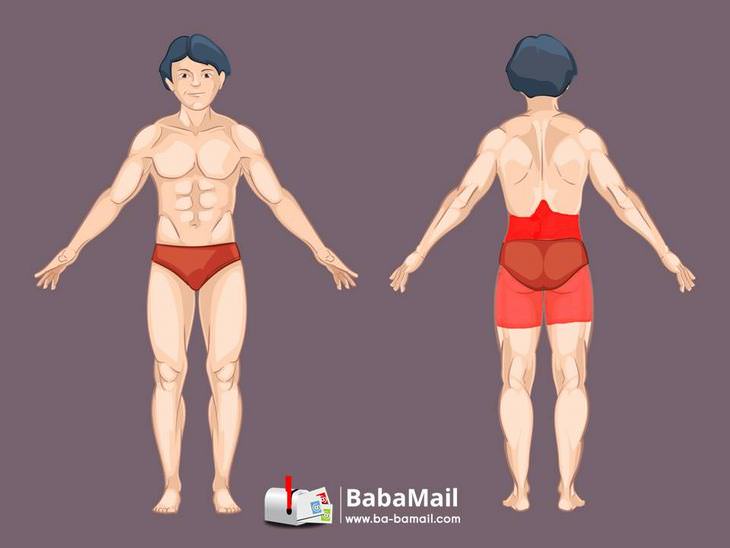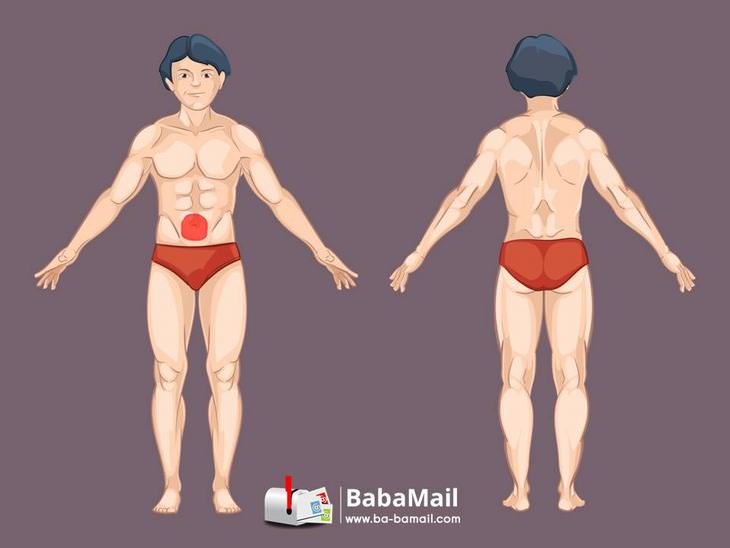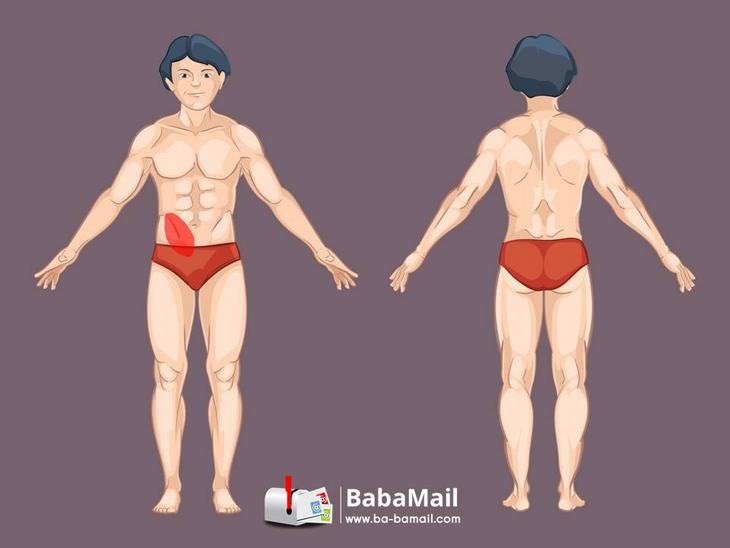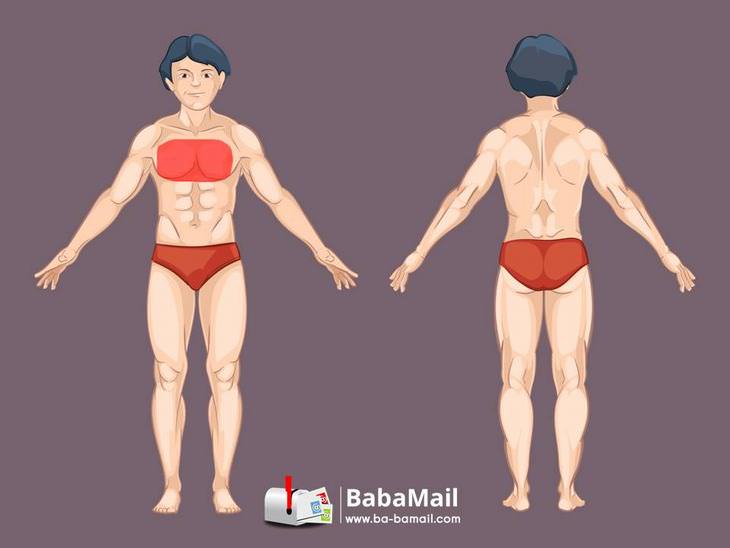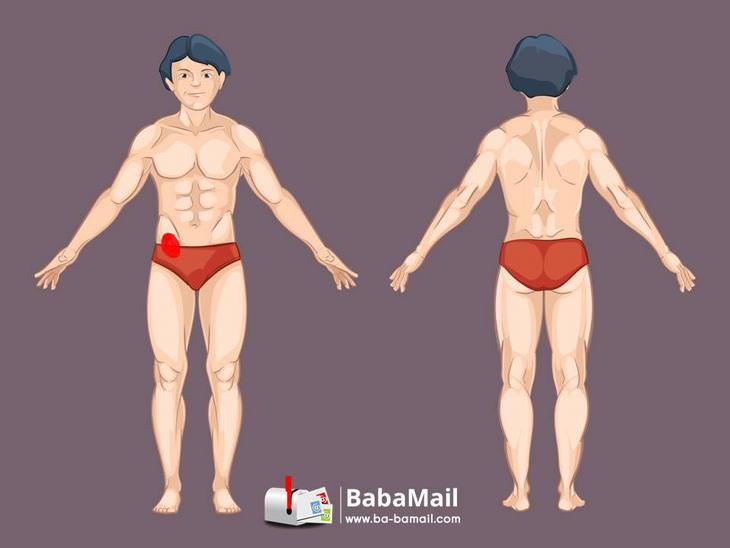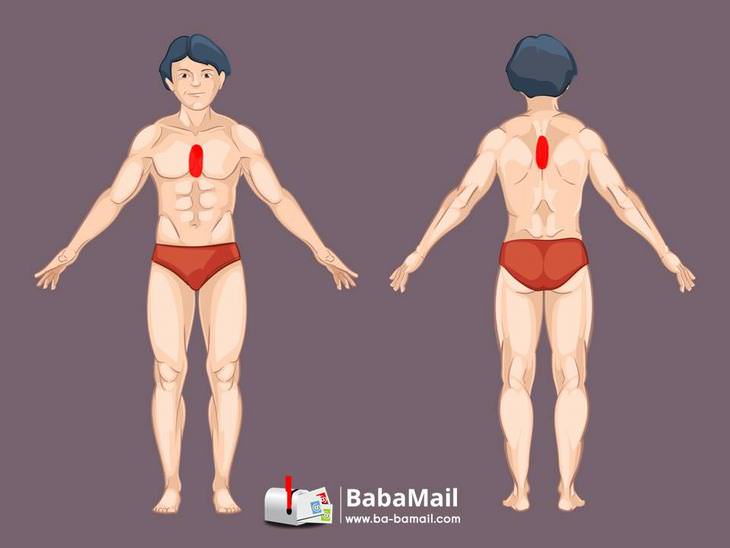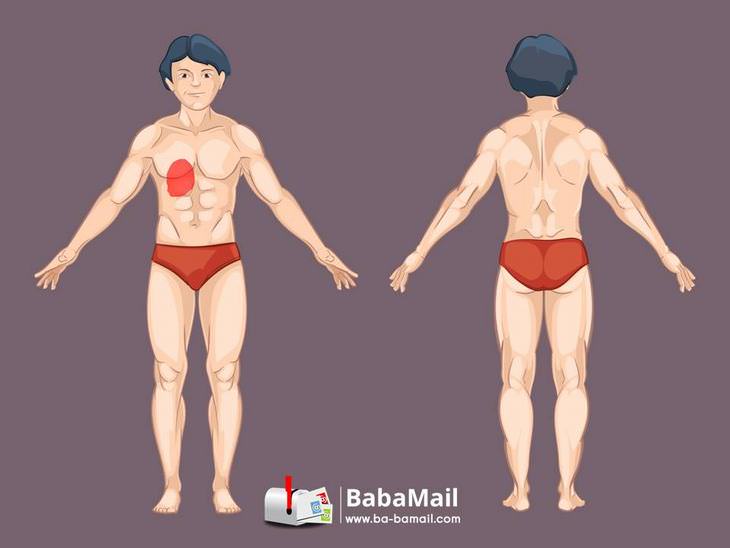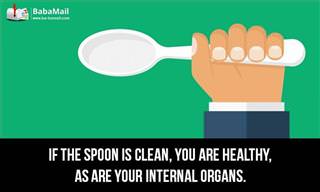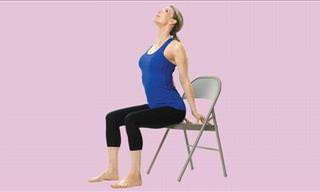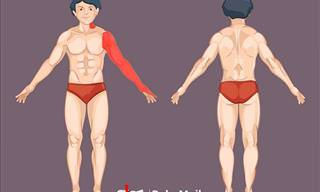When something starts to ache in our body, we can only guess what has happened. However, depending on where the ache or pain is, it may be associated with an organ. This information is meant to serve as an introduction, not as a strict guide.
1. The Heart
Normally, when something is wrong with the heart a person would feel a compressing pain in the chest that can spread to the left arm, shoulder blade and part of the neck.
2. The Kidneys
What may seem like a simple backache could actually indicate a problem with the kidneys. Kidney pain tends to be deep under the ribs, while muscle pain is usually lower. The pain may also travel to the legs.
3. The Small Intestine
A pain in the navel region may indicate problems with the small intestine. If the pain persists and causes discomfort when bending or walking, be sure to visit your doctor.
4. The Large Intestine
Pain in the lower abdomen, closer to the right side could indicate a pain in your large intestine. Regular constipation is also an indication.
5. The Lungs
While the lungs themselves don't feel pain due to a lack of nerve endings, if something is wrong with them, you may feel a dull ache in your chest. A cough and difficulty breathing also indicate lung problems.
6. The Appendix
Located in the lower right region of the abdomen, appendix pain may affect the whole stomach area or its separate parts. The pain may also travel into the right thigh. Other signs also include nausea, vomiting, fever, constipation or diarrhea.
7. The Stomach
Gastric problems usually cause pain in the middle of the abdomen, above the ribs. It can also appear on the same level in the back.
8. The Gallbladder and the Liver
Gallbladder and liver problems may cause pain in the upper right region of the abdomen, which can also travel to the same place in the back. Other symptoms for issues associated with the liver include a sour taste in the mouth and jaundice.
 Go to BabaMail
Go to BabaMail


